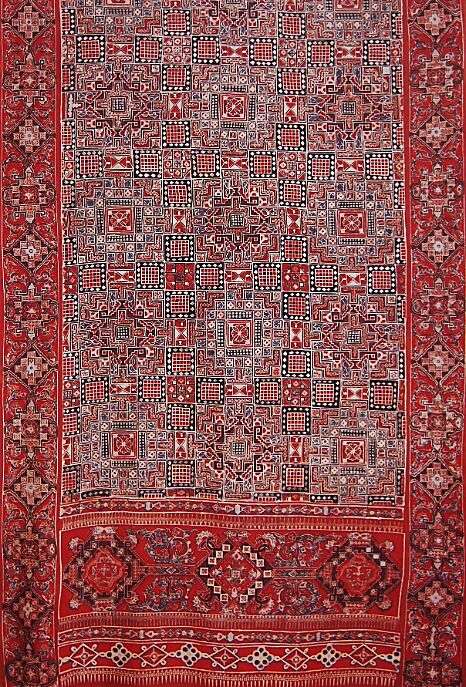Indian textiles, particularly Sarasa, played a significant role in global trade during the 17th century. Initially, Sarasa reached Japan from textiles India created for the Indonesian market. The Dutch East India Company, established in 1602, began bringing these textiles to Japan, where they were highly prized and used for various purposes, from warriors’ jackets to tea ceremony accessories.
The Dutch set up trading posts along the Coromandel Coast, Surat, and Bengal in the 1630s, areas renowned for producing exquisite brocades. In Petaboeli, near Machilipattanam, they commissioned Indian artisans to create hand-painted Sarasa specifically designed for export to Siam, Indonesia, and Japan as early as 1608.
The popularity of Sarasa in Japan eventually led to local production and acted as a catalyst for the development of textile crafts in the country. This cultural exchange and adaptation demonstrate the far-reaching impact of Indian textile traditions.
Our studio has undertaken an intensive two-year research project to recreate these historical textiles. Using the same materials and techniques employed centuries ago, we have successfully revived this art form. This achievement not only preserves a crucial piece of textile history but also offers a tangible connection to the cultural exchanges that shaped global trade in the 17th century.


Sample book from the Edo period, for Coromandel chintz produced specifically for the Japanese market. (Courtesy National Diet Library).

